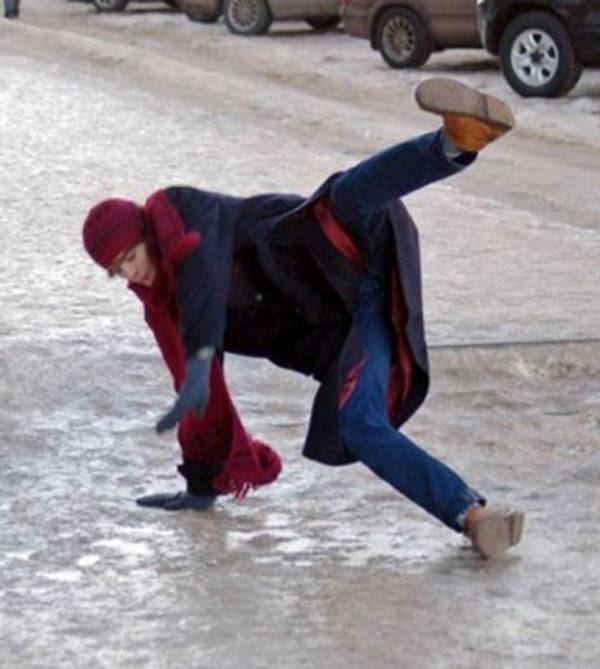Some practical suggestions to stay safe in winter brought to you by Forks Community Hospital’s Safety Officer and Ambulance Supervisor Tim Wade.
As winter approaches, outfit yourself for safe walking:
• Choose a good pair of winter boots. For warmth and stability look for these features: well-insulated, waterproof, thick non-slip tread sole made of natural rubber, wide low heels, light-weight.
• Ice grippers on footwear can help you walk on hard-packed snow and ice. But be careful! Grippers become dangerously slippery and must be removed before walking on smooth surfaces such as stone, tile and ceramic. Before buying the grippers, be sure that you are able to attach and remove them from your boots, this is best done sitting down.
• Use a cane, or even a pair of ski poles or walking sticks to help with balance. Make sure they’re the right height for you. When your cane is held upside down, the end should be at wrist level. Speak to your doctor, pharmacist or local public health department about how to use a cane properly.
• If using a cane, attach a retractable ice pick to the end. Cane picks will be slippery on hard surfaces so be sure to flip it back as you get indoors. Picks are inexpensive and available at most drug stores.
• If you need further support, use a walker. The cost might be defrayed by government programs; talk with your doctor.
• Help other road users see you by wearing bright colors or adding reflective material to clothing.
• Prevent heat loss by wearing a warm hat, scarf, and mittens or gloves. Dressing in layers may also keep you warmer.
Once the snow and ice arrive, make sure your walking surfaces are safe:
• Keep entrance-ways and sidewalks clear of ice and snow. Report hazards on sidewalks or pathways to your landlord or the City.
• Contact your local home support agency or other community services for help with snow removal, transportation and grocery bus services.
• Carry a small bag of grit, sand or non-clumping cat litter in your jacket pocket or handbag, to sprinkle when you are confronted with icy sidewalks, steps, bus stops, etc.
Walking on Ice:
• Facing an icy surface can be a paralyzing experience. Not everyone has grippers and other safety aids. So, what should you do if it’s impossible to avoid an icy patch? Believe it or not, body movements can increase your stability on an icy surface.
• Slow down and think about your next move. Keeping your body as loose as possible, spread your feet to more than a foot apart to provide a base of support. This will help stabilize you as you walk.
• Keep your knees loose — let them bend a bit. This will keep your center of gravity lower to the ground, which further stabilizes the body.
• Now you are ready to take a step. Make the step small, placing your whole foot down at once. Then shift your weight very slowly to this foot and bring your other foot to meet it the same way. Keep a wide base of support.
• Some people prefer to drag their feet or shuffle them. If this feels better to you, then do so. Just remember to place your whole foot on the ice at once and spread your feet to more than a foot apart to provide a base of support.
Of course, it’s always better to avoid tricky situations by being prepared and planning a safe route for your walk
Tim Wade; Ambulance Supervisor and REMVAC Liaison
Forks Community Hospital
Disclaimer: This column is not intended as a diagnosis or recommended treatment of a specific condition. Answers are not a replacement for an individual medical evaluation. Individual health concerns should be evaluated by a licensed clinician.



